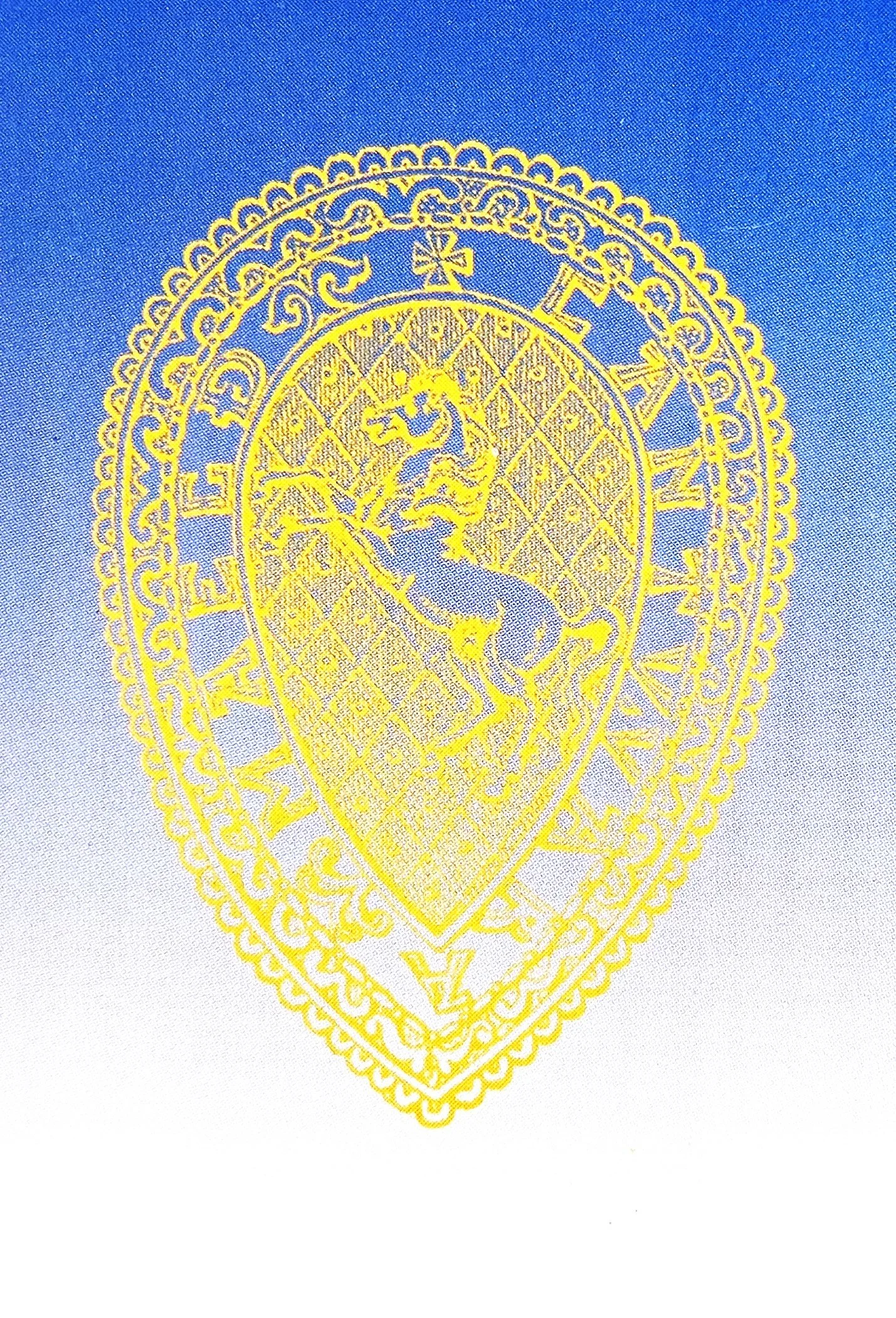Featured
Keith Parfitt, 2003, KAS Newsletter, Issue 57 (Summer 2003). Maidstone: Kent Archaeological Society.
John Clancy, 2003, KAS Newsletter, Issue 57 (Summer 2003). Maidstone: Kent Archaeological Society.
The Editor, 2003, KAS Newsletter, Issue 57 (Summer 2003). Maidstone: Kent Archaeological Society.
Shiela Broomfield, 2003, KAS Newsletter, Issue 57 (Summer 2003). Maidstone: Kent Archaeological Society.
N. I. Hopkins – Whitstable, 2003, KAS Newsletter, Issue 57 (Summer 2003). Maidstone: Kent Archaeological Society.
The Editor, 2003, KAS Newsletter, Issue 57 (Summer 2003). Maidstone: Kent Archaeological Society.













Keith Parfitt, 2003, KAS Newsletter, Issue 57 (Summer 2003). Maidstone: Kent Archaeological Society.